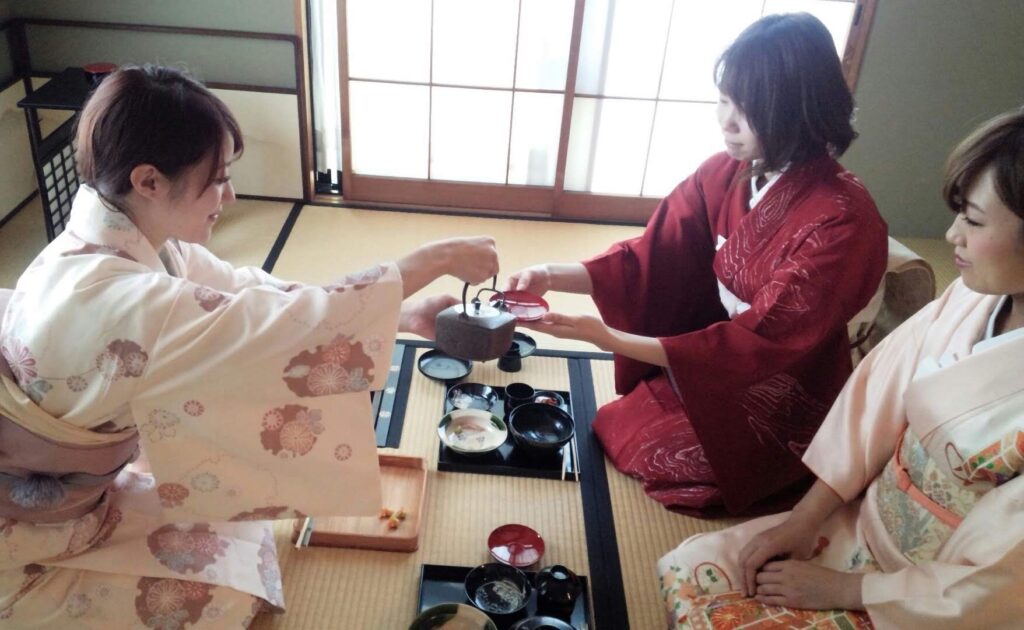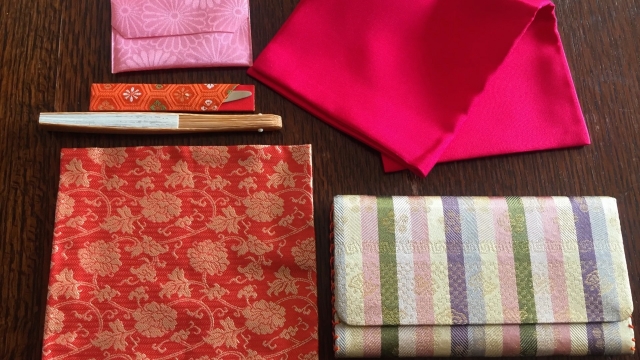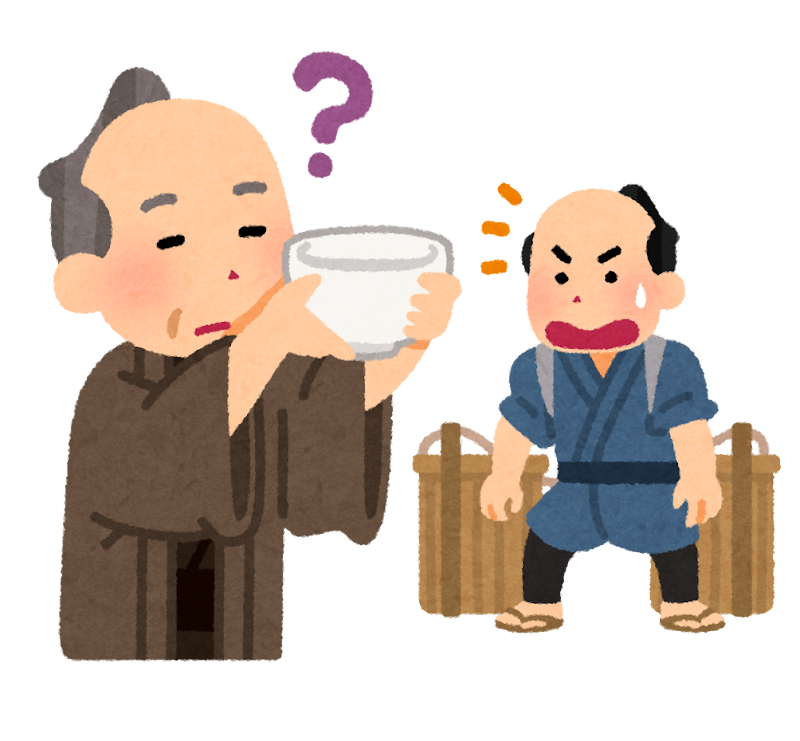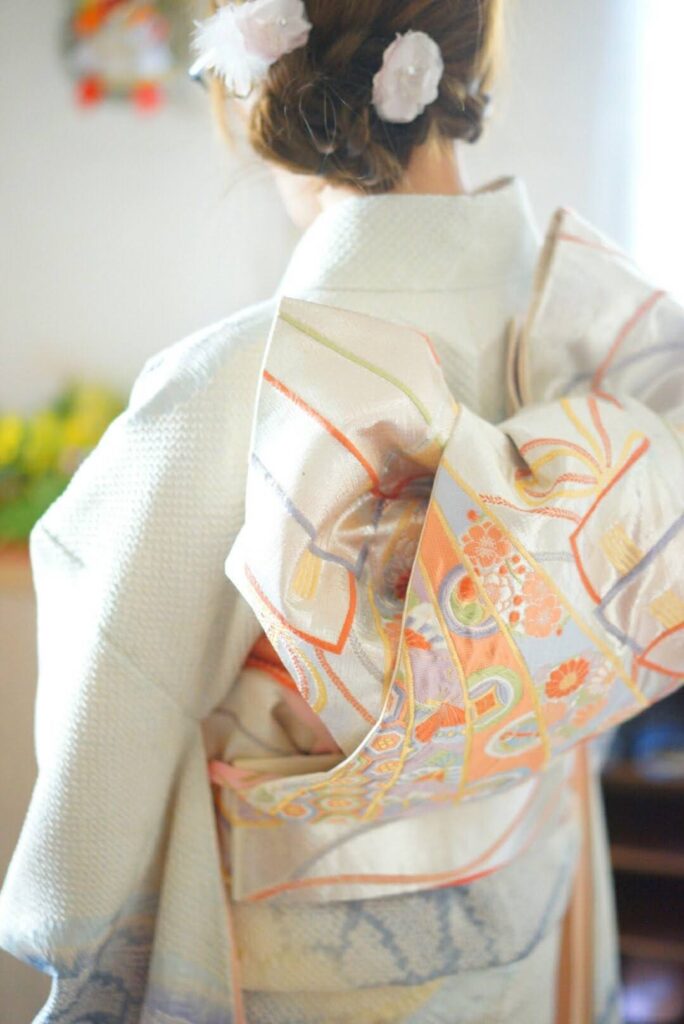Introduction
The tea ceremony is more than just a manner of drinking tea; it is an art form that embodies the essence of traditional Japanese culture.In this article, we will explain the basic manners and etiquette of tea ceremony in an easy-to-understand manner for beginners who wish to begin.
Table of Contents
- Preparation for the Tea Ceremony
- Basic movements and manners
- Entering the Tea Room
- How to receive sweets
- How to serve tea
- How to handle tea utensils
- Frequently Asked Questions and Points to Note
1. the spirit of the tea ceremony
The spirit of “reverence, purity, and solitude
The basic spirit of the tea ceremony is “Wajei seijaku” (harmony, respect, purity and solitude).
- Wa: Harmony and peace
- Respect: A spirit of respect for others
- Sei: a pure heart
- Sabi: a spirit of tranquility
It is important to approach tea with these attitudes in mind. 2.
2. basic movements and manners
How to sit in seiza
- First, place your right knee on the floor
- Next, put your left knee on the floor
- Lower your buttocks onto your heels
- Keep your back straight and place your hands on your thighs
Point!
- If you have difficulty sitting on your knees for a long time, consult with the instructor in advance.
- A comfortable posture is also permitted depending on your physical condition.
3. how to enter the tea ceremony room
Nijiriguchi etiquette
- Bow in front of the nijiriguchi entrance
- Place a fan on the tatami mat
- Enter with your right foot first
- Kneel down and proceed quietly.
- When crossing the edge of the tatami, place your hands on the tatami in a light fist position.
Points to keep in mind when entering the doorway
- Be careful not to open your collar by lowering your head too much.
- To avoid staining the tatami, proceed on your knees and toes.
- Avoid hasty movements and proceed quietly.
Procedure for entering a seat
- Arrive at your seat.
- Sit in seiza and bow
- Bow to the tokonoma (alcove)
- Bow to the host
- Proceed to your assigned seat
Important Points
- Always move politely and slowly
- When walking past other guests, say “I’ll leave you first”.
- Always bring a fan and use it at the appropriate time
4. how to receive sweets
Basic Procedure
- Bow while lightly lifting the bowl of confectionery.
- Take out a piece of kaishi paper and unfold it.
- If available, use a black letter to take a piece of confectionery.
- Take 2 to 3 bites of the sweets
5. how to serve tea
Procedure
- Before accepting the tea bowl, say, “Please give me the tea.
- Receive the tea bowl from the front with your right hand
- Hold the bowl in your left hand.
- Turn the bowl clockwise twice (2 o’clock and 4 o’clock)
- Drink up in two or three sips
- When you have finished drinking, wipe the mouthpiece lightly with your finger, turn the bowl twice counterclockwise, and turn the front of the bowl back to you.
Important Points
- Do not drink all at once, but enjoy the aroma and taste.
- Finish the cup with a sound, called “sukikiri” (signaling that you have finished drinking).
6. how to handle tea utensils
Basic Tips
- Handle tea bowls carefully with both hands.
- Chasen (tea whisk) is delicate, so handle it gently.
- Never touch the end of a chashaku beyond the tip of the bamboo joint with your fingers.
7. frequently asked questions and points to keep in mind
Q&A
Q: Do I need to wear a kimono? A: For beginners, kimono is not required. However, tabi socks or white socks are required.
Q: How do I start practicing tea ceremony? A: It is recommended to start with basic manners and sitting on the floor.
Common mistakes beginners make
- Performing movements in haste
- Gripping the teacup too tightly
- Bowing too shallowly
Conclusion
The tea ceremony is not something that can be learned overnight, but by understanding the basic manners, you can enjoy Japanese culture more deeply. We hope you will enjoy the world of the tea ceremony while keeping in mind the basic manners described in this article.
For future study
- Attend classes regularly
- Practice the basic movements repeatedly
- Learn the history and spirit of the tea ceremony as well
The tea ceremony is a wonderful opportunity not only to learn manners, but also to deepen your understanding of traditional Japanese culture and cultivate your spirit. Let’s not be in a hurry and take it one step at a time.






